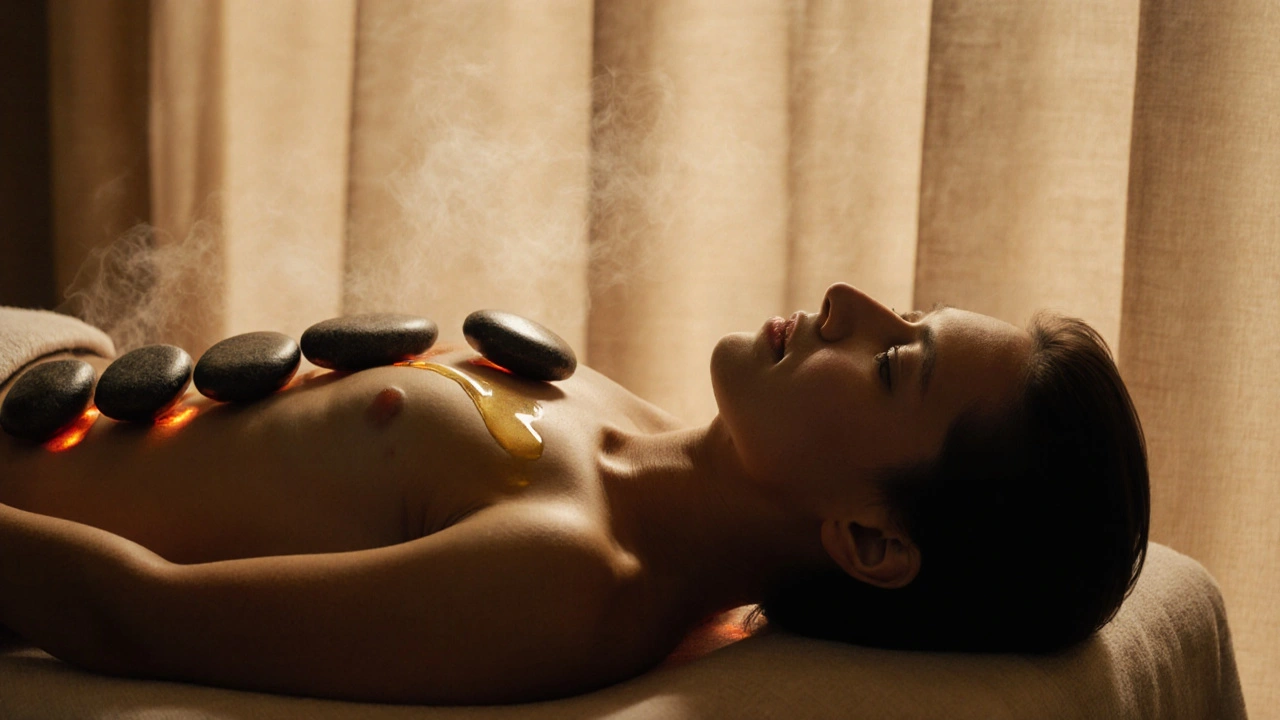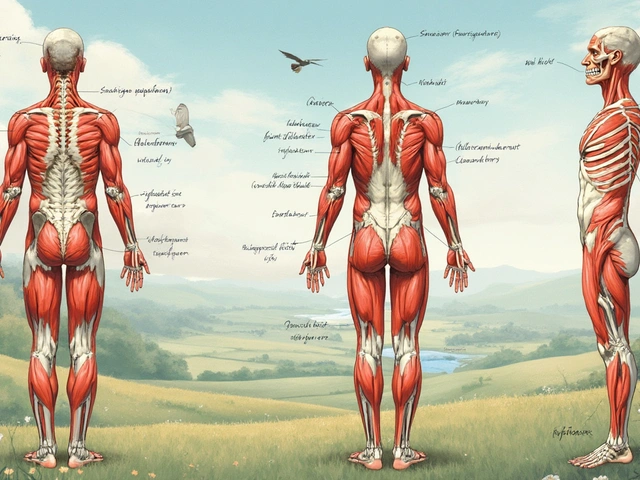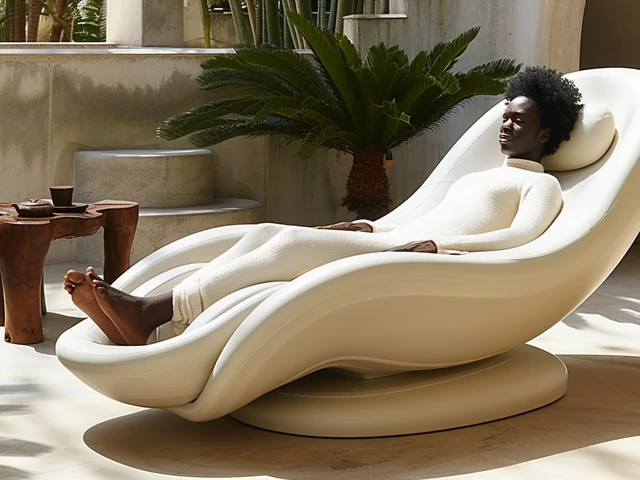Hot Stone Therapy: What It Does and How to Try It
Hot stone therapy uses smooth, heated stones to loosen tight muscles, ease pain, and melt stress. The stones—usually basalt because it holds heat—are placed on key points of your body and sometimes used as massage tools. The warmth lets therapists use lighter pressure while still reaching deep tension. That makes this therapy feel relaxing without forcing pressure into sore spots.
Benefits That People Notice Fast
Many clients say they sleep better and feel less stiff after one session. The heat boosts blood flow, which helps muscle recovery and reduces soreness. If you sit at a desk, a short series of sessions often eases neck and shoulder knots. Athletes use hot stones to speed post-workout recovery. Some people pair hot stone work with other styles—like trigger point or acupressure—to get more lasting relief.
There’s also a big stress benefit: the steady warmth calms the nervous system. That makes it easier to relax during the massage and carry less tension afterward. If you want a gentler deep-tissue feeling, hot stones can be a good middle ground.
How to Stay Safe and Get the Best Results
Stones should feel warm, not painful. A good therapist checks your comfort often and adjusts stone temperature or pressure. Always tell your therapist about skin issues, diabetes, pregnancy, recent surgery, or circulation problems—these change whether hot stone therapy is right for you. People with varicose veins, blood clot history, or uncontrolled high blood pressure should get medical approval first.
Ask how the therapist heats and cleans stones. Safe places use an approved heater and sanitize between clients. A quick checklist: the therapist asks about health history, talks through what will happen, and offers a blanket or towel so only the treated area is exposed. If anything feels too hot, speak up—good therapists will respond immediately.
Want to try at home? Use caution. Household heaters get too hot or uneven. If you try simple DIY stone work, wrap stones in towels and test temperature on your wrist first. Better option: book one professional session to see how your body reacts, then decide if you want more.
Hot stone therapy pairs well with other treatments. If you’re curious, read up on stone therapy guides and articles about related methods like trigger point work or deep relaxation techniques. That helps you pick sessions that match your goals—pain relief, recovery, or pure relaxation.
If a single session seems underwhelming, give it two or three tries with the same therapist. Small adjustments—stone placement, session length, or combining techniques—often change the result. Hot stone therapy is simple, but the right setup and a careful therapist make it work best.

Redefining Relaxation: How Stone Massage Heals Body and Mind
Stone massage uses heated basalt stones to deeply relax muscles, reduce chronic pain, and calm the nervous system. Learn how this ancient therapy works, who benefits most, and what to expect in your first session.

Warm Stone Massage: Your Secret Weapon Against Winter Blues
Feeling down as the days get colder? A warm stone massage can kick winter sadness to the curb by easing tense muscles and soothing your mind. This article explains how heated stones help with stress, sleep, and mood. Find out who should try it, what to expect, and how to make your experience amazing. You might even get inspired to create a spa-like vibe at home.
Categories
- Health and Wellness (148)
- Alternative Therapies (86)
- Massage Therapy (40)
- Travel and Culture (15)
- Beauty and Skincare (9)
- Holistic Health (8)
- Health and Fitness (5)
- Spirituality (5)
- Other (2)
- Personal Development (2)
Popular Articles

The Proven Benefits of Amma Massage
Aug, 5 2023


